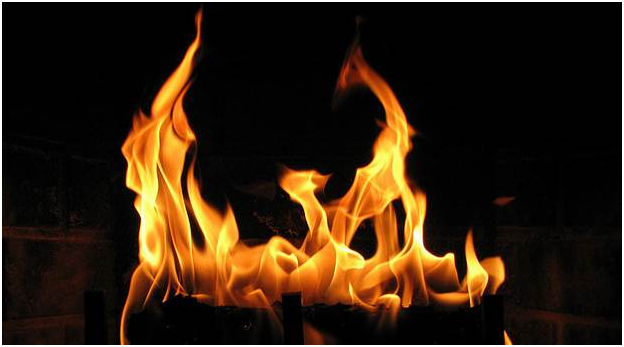
More than 70% of all energy is lost through waste-heat. Heat is lost by almost everything, including:
- Automobiles;
- Lighting;
- Computers;
- Appliances;
- Machines;
- and, even our Bodies.
Think about the heat emitted by a light bulb. They are notoriously inefficient. Incandescent Bulbs convert almost 90% of all energy into heat. That heat is lost forever into the bulb’s surrounding atmosphere.
What if that waste-heat could somehow be captured and converted back into useable energy though? Would that change the world?
Researchers may have hit upon the holy grail of energy production (nuclear fusion notwithstanding). Engineers at the University of California at Berkeley can now develop energy from waste-heat. They have manufactured a thin film that can be applied to almost any waste-heat source.
The special film was manufactured to less than 100 nanometers in thickness. Scientists have experimented with nanotechnology for energy-use for more than a decade. The Berkeley project was made entirely possible by the thinness- and thus the permeability - of the film. Remarkably, heat can be captured and converted back into energy with no moving parts or added energy inputs. The energy produced is called pyroelectric power. Other projects have studied pyroelectric power, but none have been so monumental.
The Berkeley project is a game-changer.
Lane Martin, associate professor of materials and engineering explained to the Berkeley News: “These thin films can help us squeeze more energy than we do today out of every source of energy . . . By creating a thin film device we can get the heat into and out of this system quickly, allowing us to access pyroelectric power at unprecedented levels for heat sources that fluctuate over time.”
Cool! How long until we get Black Panther suits? 🙃